It can be a challenge in the Southwest to balance lush, colorful, thriving gardens with water conservation and low-maintenance landscapes. But it’s easy if you know the basics of Xeriscaping! With Santa Fe’s high desert climate and 300+ days of sunshine each year, you can choose from a wide variety of plants, trees, and shrubs that are both beautiful and water-wise.
As one of our region’s most popular landscaping design methods, Xeriscaping incorporates drought-tolerant flowers, shrubs, native grasses, and trees to create a land site that uses less water, but is still lush and colorful throughout the seasons.
Xeriscaping, which comes from the Greek word Xeroes or ‘dry’, has many advantages in our sometimes harsh Southwest climate.
For one, watering and maintenance are easier, since drought-tolerant trees and plants have already adapted to the environment and require less care once established.
Another advantage is the cost savings. With hardier plants that typically need less water, care, manicuring, or replacing, your landscape is much more self-sufficient – reducing labor costs and of course, your water bill.

A Xeriscaped garden bed. Who says you have to sacrifice lushness and beauty in a dry climate?
Courtesy McCumber Fine Gardens
Designing Your Xeriscape Garden
Xeriscaping incorporates water-wise plants, shrubs, and trees along with flagstone, gravel, and rocks for hardscaping. Courtesy McCumber Fine Gardens
Divine Design
Strategic design and planning can make all the difference in a successfully xeriscaped area:
Using zones, divide the areas around your home into different bands according to water and sunlight needs. (Learn more below.)
Think about water run-off on your property and how you can divert it towards trees and foliage. Capture rainwater in barrels or in above- or below-ground cisterns to take advantage of this free, natural resource.
Learn when native flowers bloom and for how long during each season, and plan a landscape that has rotating color or evergreens for visual interest during the entire year. Choose perennials that come back year after year. See the suggestions below.
Taking a little time upfront to plan your gardens will pay off big-time later!

Xeriscaping incorporates water-wise plants, shrubs and trees along with flagstone, gravel and rocks for hardscaping. Courtesy McCumber Fine Gardens

A variety of textures, colors, and heights create a rich medley of color while requiring less water and maintenance. Courtesy of McCumber Fine Gardens
Get into the Zone
Divide the areas around your property into strategic zones according to water needs and available sunlight:
Start by becoming acquainted with the growing conditions on your property and get to know its “micro-climates.” Microclimates are created when houses or out-buildings, shade trees, fences, or topography affect the amount of sunlight, wind, and water an area receives.
Once you’re more familiar with the different micro-climates of your property, you’ll be able to choose the right types of plants that will successfully flourish in your landscape.
Now it’s time to divide the areas surrounding your house into zones:
> Zone 1 is the area right around your home which can feature foliage that requires a bit more water and may be less hardy but will provide maximum beauty and visual impact. Planted containers near the home can help add color and interest, while also offering flexibility since they can be moved as needed.
> Zone 2, which is the next area around your house, would hold plants that use minimal supplemental water and offer a natural transition to Zone 3.
> Zone 3 is where you can really cover a lot of territory with water-wise native grasses, wildflowers, shrubs, and with hardscaping – boulders, gravel, stone paths, etc. This zone is typically the largest, using very little water and is almost completely self-sustainable.
Trees: Our tall, green friends
Trees create shade so that plants (and people) can flourish under their canopy of coolness. They can also be used as windbreaks, add greenery in the dead of winter, and their leaves provide organic matter and water-retaining mulch. Trees encourage pollination, bring color and wildlife into your garden, and are the anchors for a diverse and gorgeous landscape. (See suggested drought-resistant tree varieties below.)
Timing is everything
To save water from being wasted through evaporation, install a drip irrigation system. The water emitters, which are positioned at the base of each plant, supply water right where it’s needed and allow for slower, deeper waterings. By using a timer to water in the early morning, you’ll provide moisture when plants need it the most, and the daytime summer heat won’t be a drying factor.
Now It’s Your Turn – Time To Plan Your Garden!
With this overview of Xeriscaping under your belt, and with the resources below, you’ll have plenty of information and guidance to start envisioning your landscape. If you decide to hire a landscaping company or professional Landscape Designer, you’ll be well-informed and able to discuss options. Whichever way you go, enjoy the process of enriching your property with colorful plants, gorgeous trees, and shrubs and hardscaping – while saving water, time and money!
Drought Resistant Perennials For Xeriscaping
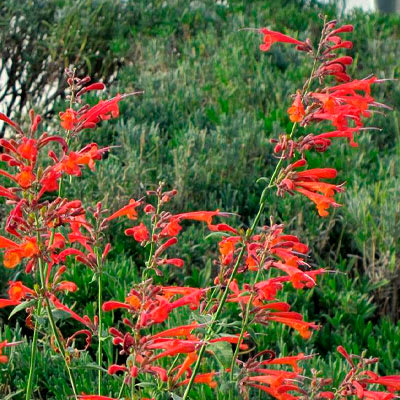
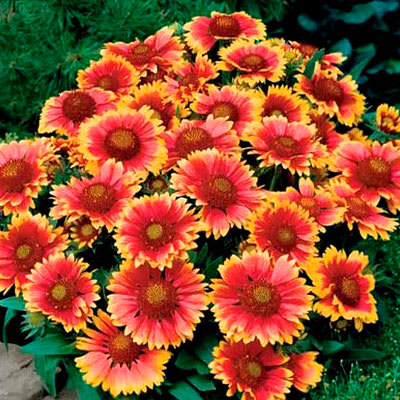
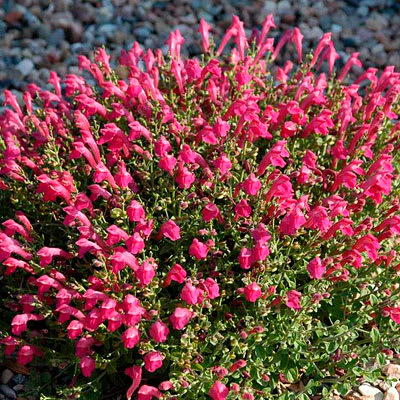
From left to right: Agastache Coronado Red, Arizona Sun Blanket Flower, Cherry Skullcap
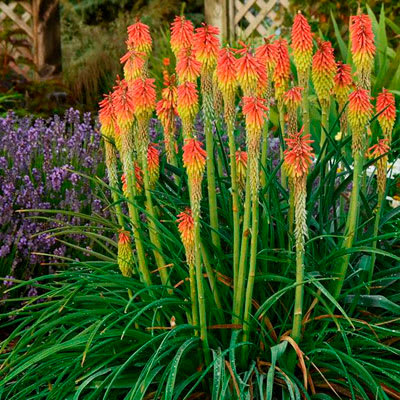
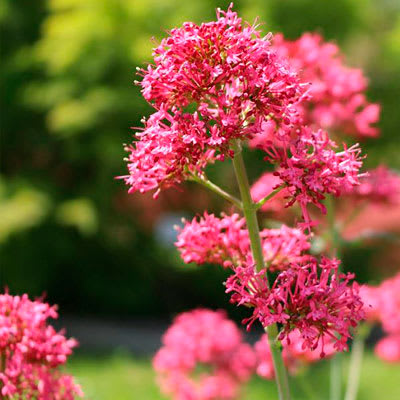
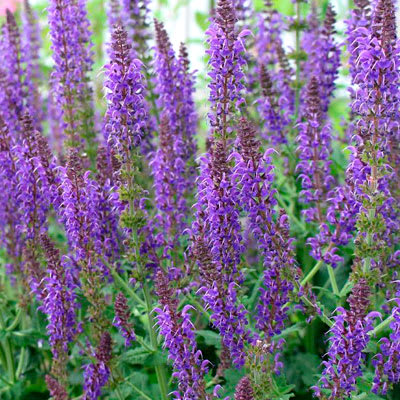
From left to right: Fire Dance Dwarf Poker, Jupiter's Beard Red Valerian, May Night Meadow Sage
Perennial photos courtesy of High Country Gardens
Drought-Resistant Trees For Southwestern Climates
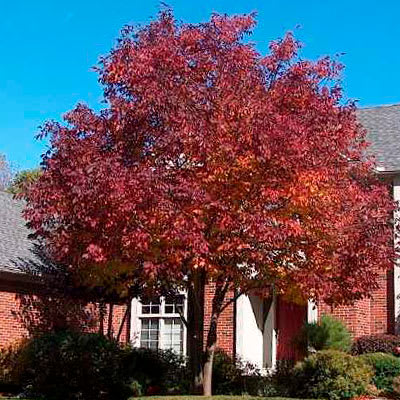
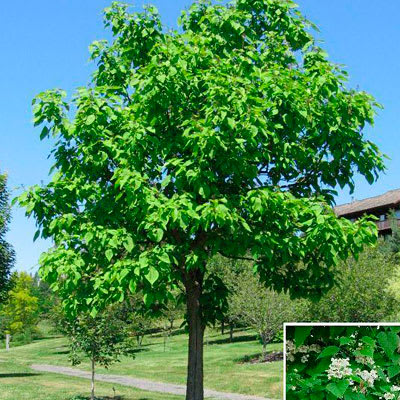
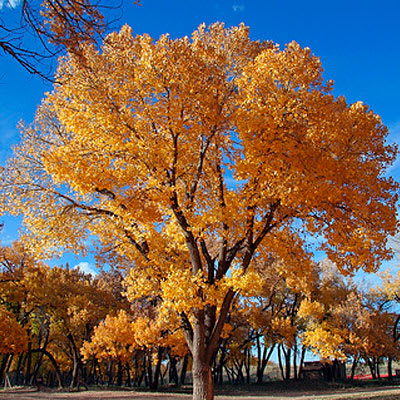
From left to right: Ash - Autumn Purple, Catalapa, Cottonwood
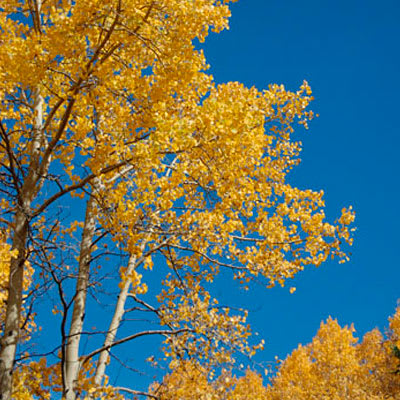
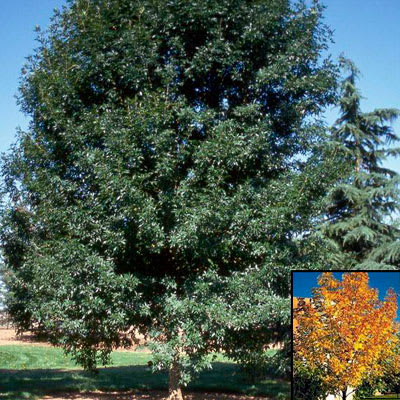
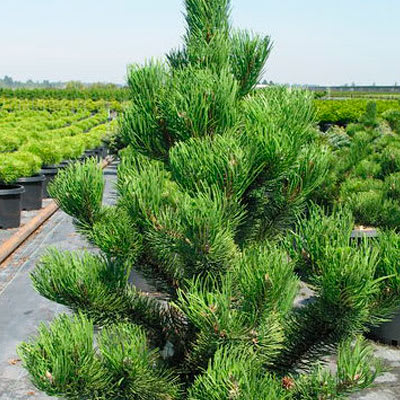
From left to right: Aspen, Ash - Marshall, Austrian Pine
Tree Photos Courtesy of Payne’s Nurseries
Xeriscaping Guides – PDF Downloads
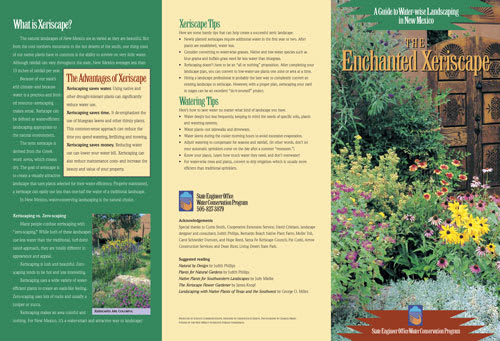
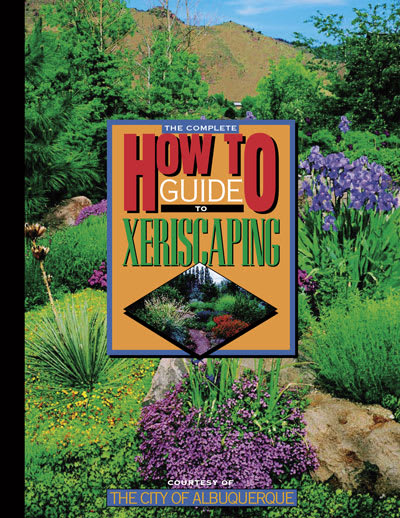

Resources To Learn More About Xeriscaping
Santa Fe Landscape Design Companies
Xeriscaping Information
Sortable Index of Drought-Resistant Plants and Shrubs for our Region
Local Sources for Plants and Trees
I hope this information helps to inspire you to bring your landscaping vision to reality! If you’re dreaming of a new home, or ready to spruce up and put your current home on the market, please call me. I have a track record for selling homes in less time and for more money and a reputation for providing first class service to all my clients. Feel free to call, text, or email: 505.920.8001 or [email protected]. I look forward to hearing from you!